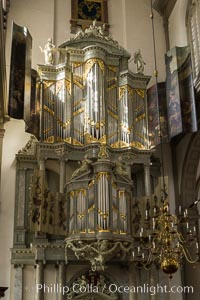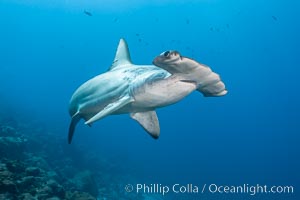
Scalloped hammerhead shark swims over a reef in the Galapagos Islands. The hammerheads eyes and other sensor organs are placed far apart on its wide head to give the shark greater ability to sense the location of prey.
Species: Scalloped hammerhead shark, Sphyrna lewini
Location: Wolf Island, Galapagos Islands, Ecuador
Image ID: 16246
Species: Scalloped hammerhead shark, Sphyrna lewini
Location: Wolf Island, Galapagos Islands, Ecuador
Image ID: 16246
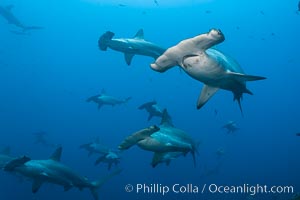
Hammerhead sharks swim in a school underwater at Wolf Island in the Galapagos archipelago. The hammerheads eyes and other sensor organs are placed far apart on its wide head to give the shark greater ability to sense the location of prey.
Species: Scalloped hammerhead shark, Sphyrna lewini
Location: Wolf Island, Galapagos Islands, Ecuador
Image ID: 16271
Species: Scalloped hammerhead shark, Sphyrna lewini
Location: Wolf Island, Galapagos Islands, Ecuador
Image ID: 16271
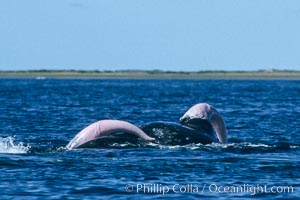
Gray whales, two males both with extended penis during courtship socialization, Laguna San Ignacio.
Species: Gray whale, Eschrichtius robustus
Location: San Ignacio Lagoon, Baja California, Mexico
Image ID: 06431
Species: Gray whale, Eschrichtius robustus
Location: San Ignacio Lagoon, Baja California, Mexico
Image ID: 06431
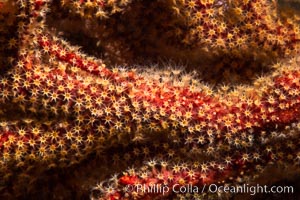
California Golden gorgonian polyps. The golden gorgonian is a colonial organism composed of thousands of tiny polyps. Each polyp secretes calcium which accumulates to form the structure of the colony. The fan-shaped gorgonian is oriented perpendicular to prevailing ocean currents to better enable to filter-feeding polyps to capture passing plankton and detritus passing by.
Location: San Diego, California
Image ID: 37204
Location: San Diego, California
Image ID: 37204
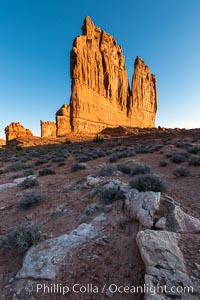
The Organ at sunrise, Courthouse Towers, Arches National Park.
Location: Courthouse Towers, Arches National Park, Utah
Image ID: 37859
Location: Courthouse Towers, Arches National Park, Utah
Image ID: 37859
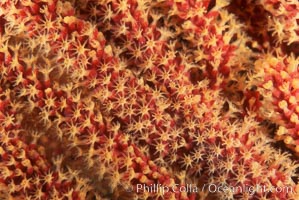
California Golden gorgonian polyps. The golden gorgonian is a colonial organism composed of thousands of tiny polyps. Each polyp secretes calcium which accumulates to form the structure of the colony. The fan-shaped gorgonian is oriented perpendicular to prevailing ocean currents to better enable to filter-feeding polyps to capture passing plankton and detritus passing by.
Species: California golden gorgonian, Muricea californica
Location: San Clemente Island, California
Image ID: 03481
Species: California golden gorgonian, Muricea californica
Location: San Clemente Island, California
Image ID: 03481
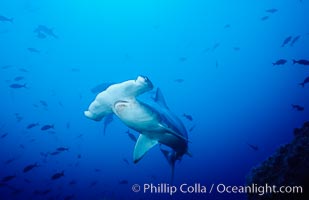
Scalloped hammerhead shark swims underwater at Cocos Island. The hammerheads eyes and other sensor organs are placed far apart on its wide head to give the shark greater ability to sense the location of prey.
Species: Scalloped hammerhead shark, Sphyrna lewini
Location: Cocos Island, Costa Rica
Image ID: 03192
Species: Scalloped hammerhead shark, Sphyrna lewini
Location: Cocos Island, Costa Rica
Image ID: 03192
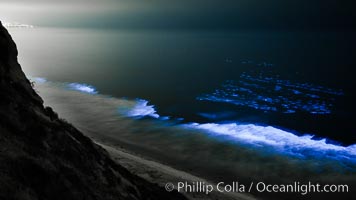
Bottlenose dolphins swim through red tide, hunt a school of fish, lit by glowing bioluminescence caused by microscopic Lingulodinium polyedrum dinoflagellate organisms which glow blue when agitated at night.
Species: Lingulodinium polyedrum
Location: La Jolla, California
Image ID: 27066
Species: Lingulodinium polyedrum
Location: La Jolla, California
Image ID: 27066
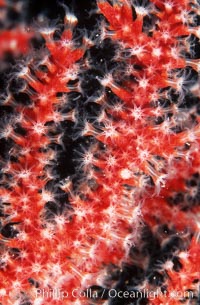
Red gorgonian polyps. The red gorgonian is a colonial organism composed of thousands of tiny polyps. Each polyp secretes calcium which accumulates to form the structure of the colony. The fan-shaped gorgonian is oriented perpendicular to prevailing ocean currents to better enable to filter-feeding polyps to capture passing plankton and detritus passing by.
Species: Red gorgonian, Leptogorgia chilensis, Lophogorgia chilensis
Location: San Clemente Island, California
Image ID: 03480
Species: Red gorgonian, Leptogorgia chilensis, Lophogorgia chilensis
Location: San Clemente Island, California
Image ID: 03480
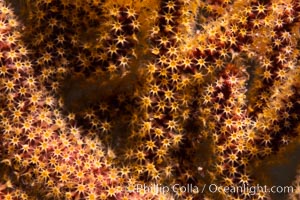
California Golden gorgonian polyps. The golden gorgonian is a colonial organism composed of thousands of tiny polyps. Each polyp secretes calcium which accumulates to form the structure of the colony. The fan-shaped gorgonian is oriented perpendicular to prevailing ocean currents to better enable to filter-feeding polyps to capture passing plankton and detritus passing by.
Location: San Diego, California
Image ID: 37205
Location: San Diego, California
Image ID: 37205
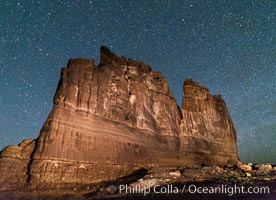
Stars over the Organ, Courthouse Towers, Arches National Park.
Location: Courthouse Towers, Arches National Park, Utah
Image ID: 29272
Location: Courthouse Towers, Arches National Park, Utah
Image ID: 29272
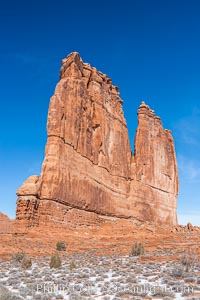
The Organ at Courthouse Towers, narrow sandstone fins towering above the surrounding flatlands.
Location: Courthouse Towers, Arches National Park, Utah
Image ID: 18195
Location: Courthouse Towers, Arches National Park, Utah
Image ID: 18195
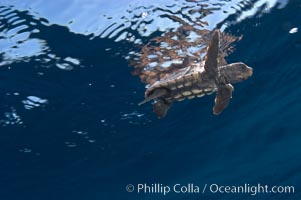
A young loggerhead turtle. This turtle was hatched and raised to an age of 60 days by a turtle rehabilitation and protection organization in Florida, then released into the wild near the Northern Bahamas.
Species: Loggerhead turtle, Caretta caretta
Location: Bahamas
Image ID: 10886
Species: Loggerhead turtle, Caretta caretta
Location: Bahamas
Image ID: 10886
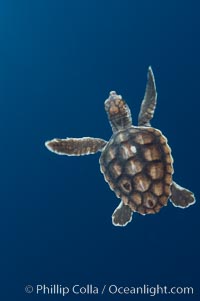
A young loggerhead turtle. This turtle was hatched and raised to an age of 60 days by a turtle rehabilitation and protection organization in Florida, then released into the wild near the Northern Bahamas.
Species: Loggerhead turtle, Caretta caretta
Location: Bahamas
Image ID: 10887
Species: Loggerhead turtle, Caretta caretta
Location: Bahamas
Image ID: 10887
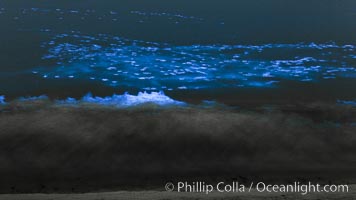
Bottlenose dolphins swim through red tide, hunt a school of fish, lit by glowing bioluminescence caused by microscopic Lingulodinium polyedrum dinoflagellate organisms which glow blue when agitated at night.
Species: Lingulodinium polyedrum
Location: La Jolla, California
Image ID: 27065
Species: Lingulodinium polyedrum
Location: La Jolla, California
Image ID: 27065
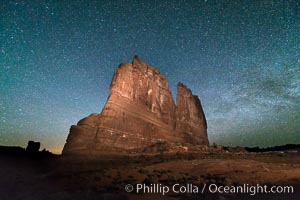
Stars over the Organ, Courthouse Towers, Arches National Park.
Location: Courthouse Towers, Arches National Park, Utah
Image ID: 29271
Location: Courthouse Towers, Arches National Park, Utah
Image ID: 29271
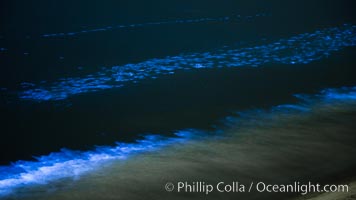
Bottlenose dolphins swim through red tide, hunt a school of fish, lit by glowing bioluminescence caused by microscopic Lingulodinium polyedrum dinoflagellate organisms which glow blue when agitated at night.
Species: Lingulodinium polyedrum
Location: La Jolla, California
Image ID: 27067
Species: Lingulodinium polyedrum
Location: La Jolla, California
Image ID: 27067
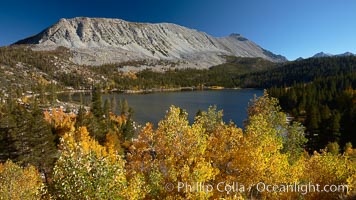
Mount Morgan and Rock Creek Lake with changing aspens, fall colors, autumn.
Species: Aspen, Populus tremuloides
Location: Rock Creek Canyon, Sierra Nevada Mountains, California
Image ID: 23330
Species: Aspen, Populus tremuloides
Location: Rock Creek Canyon, Sierra Nevada Mountains, California
Image ID: 23330
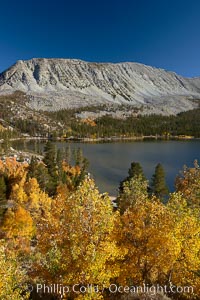
Mount Morgan and Rock Creek Lake with changing aspens, fall colors, autumn.
Species: Aspen, Populus tremuloides
Location: Rock Creek Canyon, Sierra Nevada Mountains, California
Image ID: 23353
Species: Aspen, Populus tremuloides
Location: Rock Creek Canyon, Sierra Nevada Mountains, California
Image ID: 23353
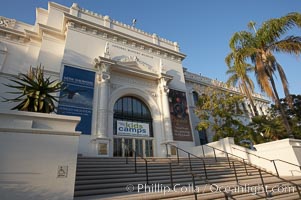
The San Diego Museum of Natural History, Balboa Park, San Diego. Located next to the main fountain in Balboa Park, the San Diego Natural History Museum is the place to find dinosaur bones and get a close up look at insects, birds and organic matter that make our outside world so interesting. Renovated in 2001, a new wing has doubled the museums original 65,000 square feet of floor space to about 150,000 square feet.
Location: Balboa Park, San Diego, California
Image ID: 11270
Location: Balboa Park, San Diego, California
Image ID: 11270
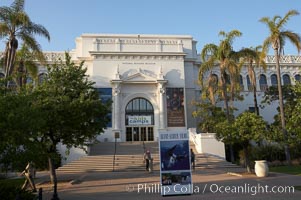
The San Diego Museum of Natural History, Balboa Park, San Diego. Located next to the main fountain in Balboa Park, the San Diego Natural History Museum is the place to find dinosaur bones and get a close up look at insects, birds and organic matter that make our outside world so interesting. Renovated in 2001, a new wing has doubled the museums original 65,000 square feet of floor space to about 150,000 square feet.
Location: Balboa Park, San Diego, California
Image ID: 11271
Location: Balboa Park, San Diego, California
Image ID: 11271
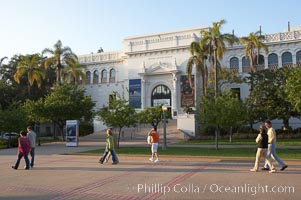
The San Diego Museum of Natural History, Balboa Park, San Diego. Located next to the main fountain in Balboa Park, the San Diego Natural History Museum is the place to find dinosaur bones and get a close up look at insects, birds and organic matter that make our outside world so interesting. Renovated in 2001, a new wing has doubled the museums original 65,000 square feet of floor space to about 150,000 square feet.
Location: Balboa Park, San Diego, California
Image ID: 11272
Location: Balboa Park, San Diego, California
Image ID: 11272
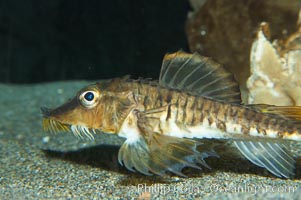
Sturgeon poacher. This fishes uses its barbels (the whisker-like organs under its chin) to sense food along the ocean bottom.
Species: Sturgeon poacher, Agonus acipenserinus
Image ID: 13718
Species: Sturgeon poacher, Agonus acipenserinus
Image ID: 13718
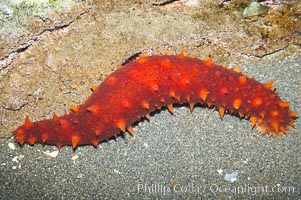
California sea cucumber. Sea cucumbers are related to sea stars and sea urchins. The sharp looking spines are soft to the touch and disappear into the skin when disturbed. If this visual defense doesnt work, the sea cucumber will expel its respiratory system. When this occurs in the wild it can regrow the lost organs.
Species: California sea cucumber, Parastichopus californicus
Image ID: 13732
Species: California sea cucumber, Parastichopus californicus
Image ID: 13732
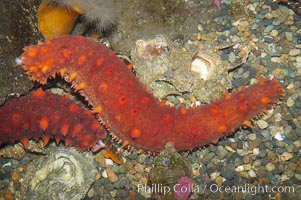
California sea cucumber. Sea cucumbers are related to sea stars and sea urchins. The sharp looking spines are soft to the touch and disappear into the skin when disturbed. If this visual defense doesnt work, the sea cucumber will expel its respiratory system. When this occurs in the wild it can regrow the lost organs.
Species: California sea cucumber, Parastichopus californicus
Image ID: 13733
Species: California sea cucumber, Parastichopus californicus
Image ID: 13733
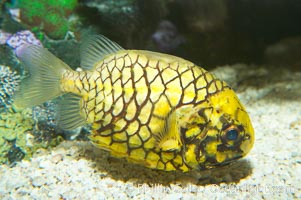
Port-and-starboard light fish. The fish, also called pinecone fish, have two light organs that are housed in pits in their lower jaws. The organs produce a greenish light that allows the fish to feed at night by luring small prey with their dim lights.
Species: Port-and-starboard light fish, Cleidopus gloriamaris
Image ID: 13973
Species: Port-and-starboard light fish, Cleidopus gloriamaris
Image ID: 13973
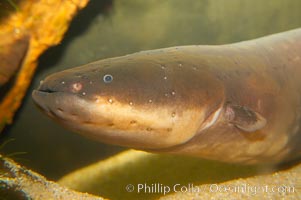
Electric eel. Like other members of the South American knifefish family, the electric eel relies on electrolocation to navigate in find food in murky water. However, its electric organs are more powerful than its relatives, allowing it to produce sufficiently high voltage pulses to stun predators and prey.
Species: Electric eel, Electrophorus electricus
Image ID: 13989
Species: Electric eel, Electrophorus electricus
Image ID: 13989
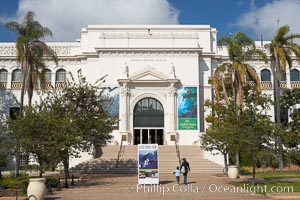
The San Diego Museum of Natural History, Balboa Park, San Diego. The San Diego Natural History Museum is the place to find dinosaur bones and get a close up look at insects, birds and organic matter that make our outside world so interesting. Renovated in 2001, a new wing has doubled the museums original 65,000 square feet of floor space to about 150,000 square feet.
Location: Balboa Park, San Diego, California
Image ID: 14585
Location: Balboa Park, San Diego, California
Image ID: 14585
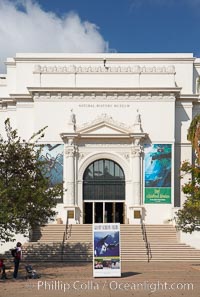
The San Diego Museum of Natural History, Balboa Park, San Diego. The San Diego Natural History Museum is the place to find dinosaur bones and get a close up look at insects, birds and organic matter that make our outside world so interesting. Renovated in 2001, a new wing has doubled the museums original 65,000 square feet of floor space to about 150,000 square feet.
Location: Balboa Park, San Diego, California
Image ID: 14586
Location: Balboa Park, San Diego, California
Image ID: 14586
